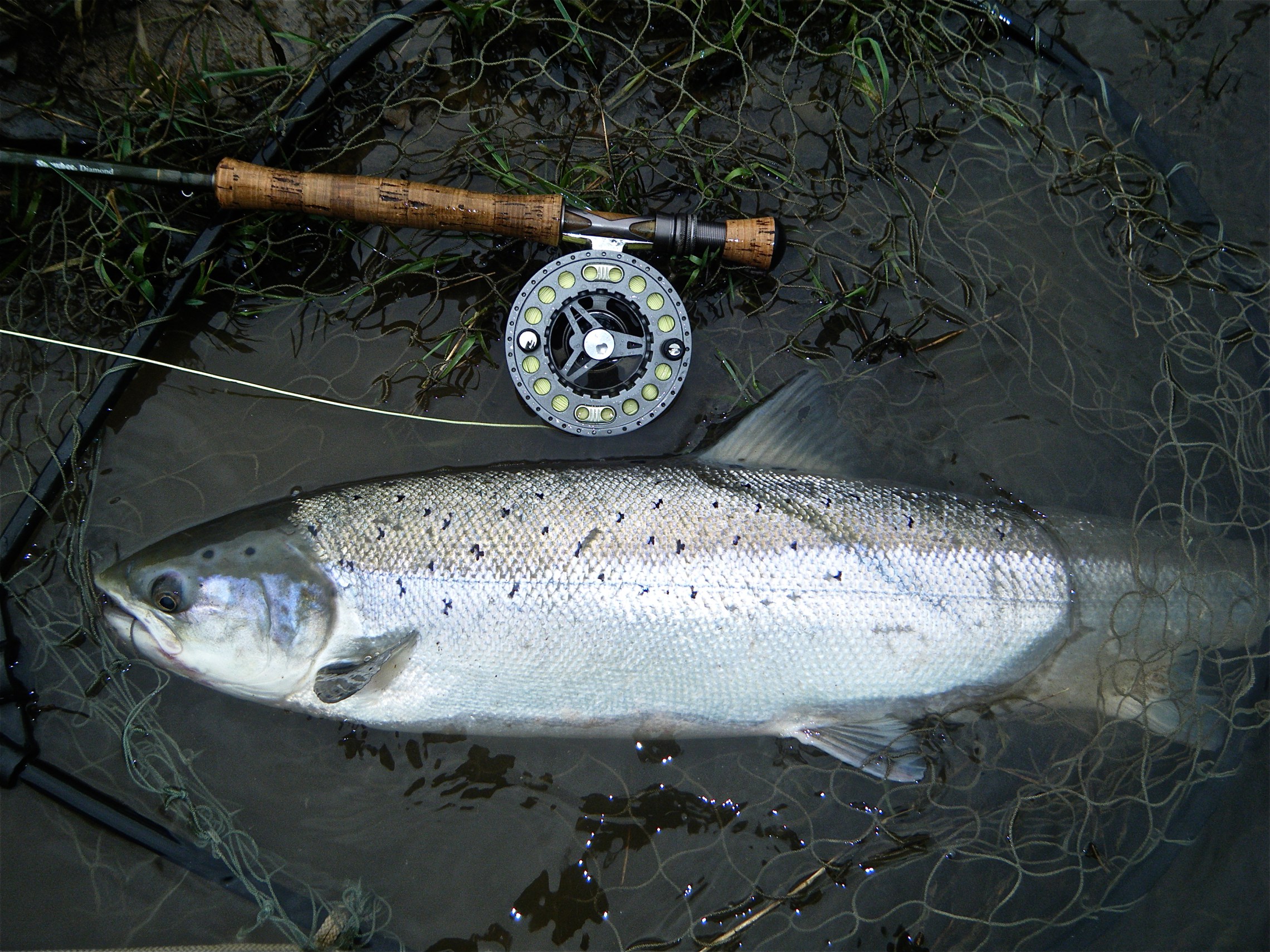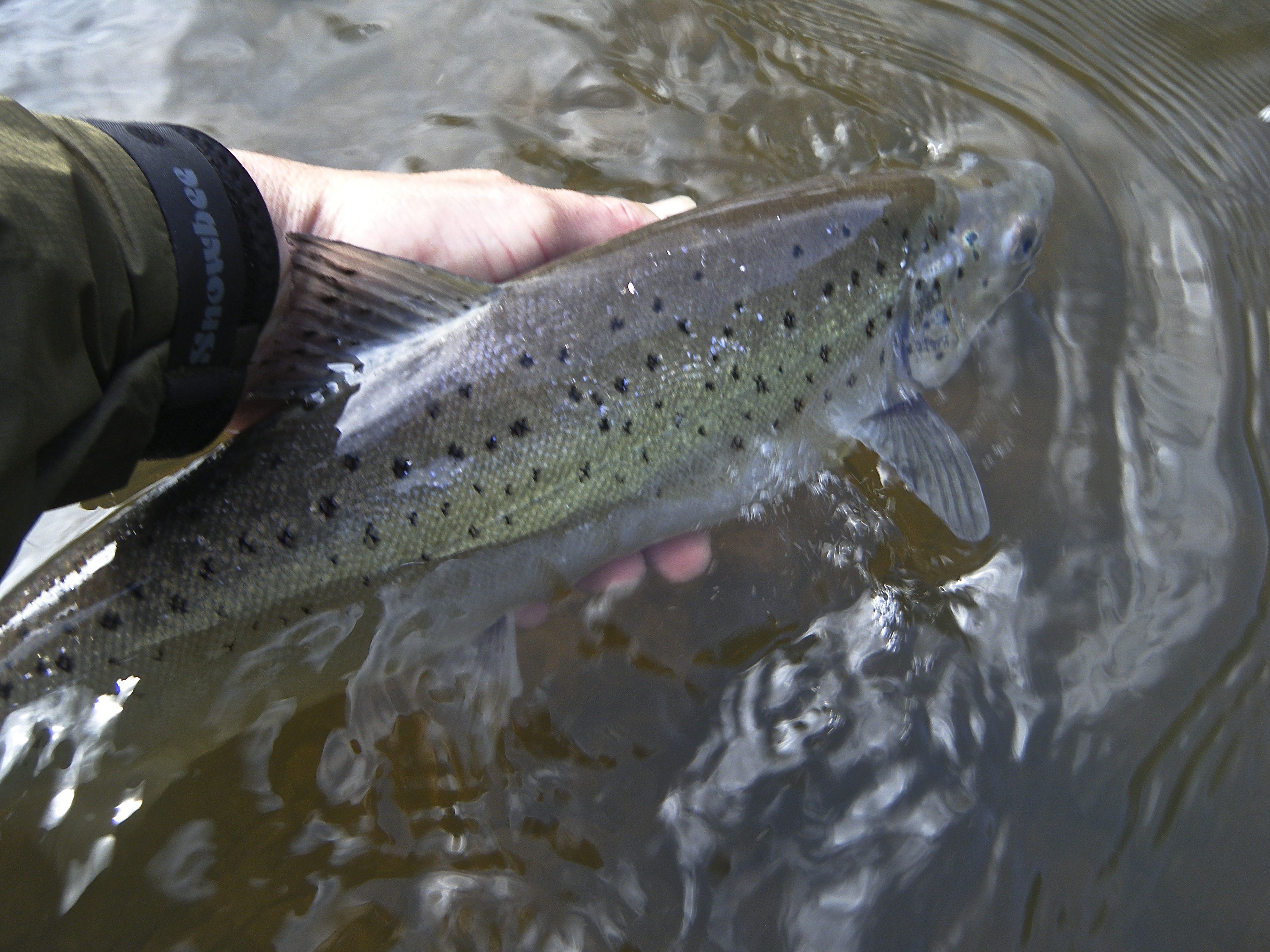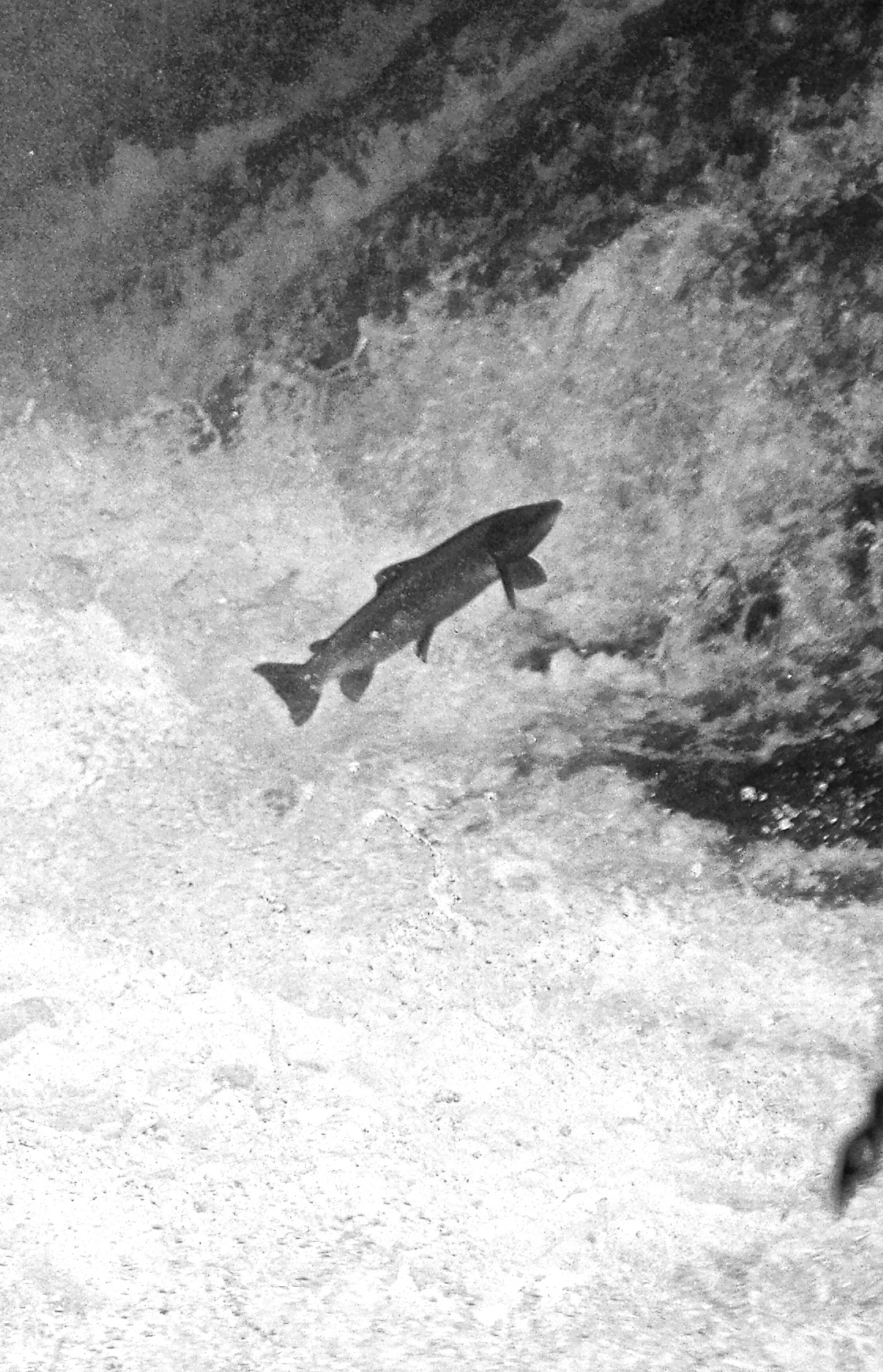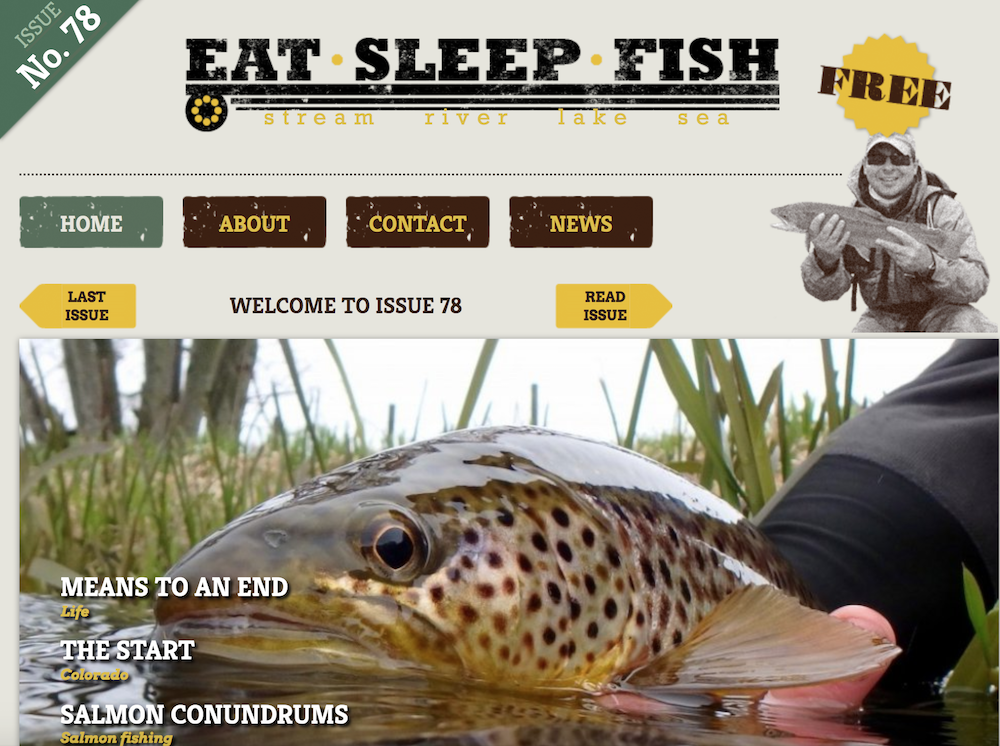Alex Gibsons report due to have been delivered at the RFTA AGM at the end of March.
A couple of salmon were caught from the middle Taw before the present lockdown. The rivers are now dropping quickly after a couple of weeks without rain. A cold North East Wind would not have been good for fishing.
http://www.rivertawfisheries.co.uk
CHAIRMAN’S REPORT 2020
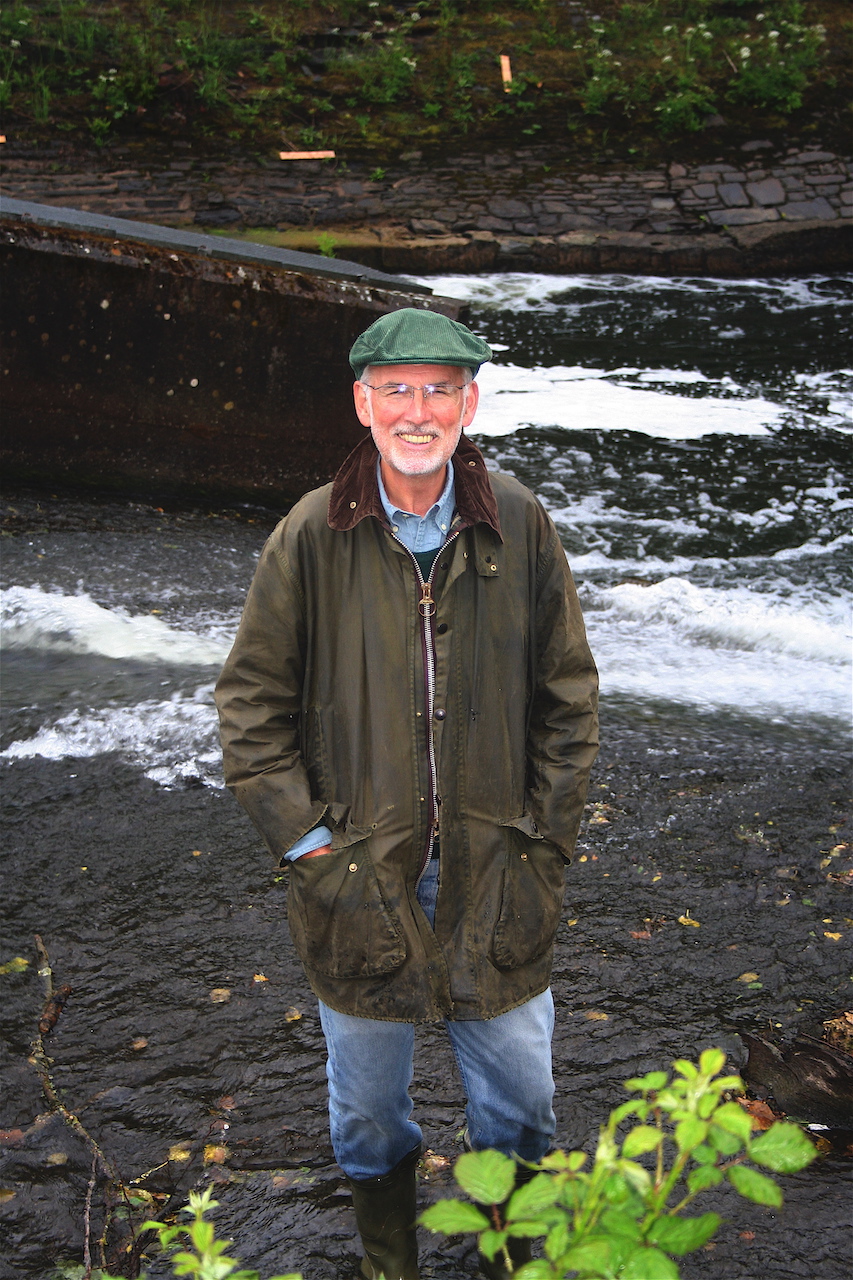
First some thanks to the whole Committee for their support and the work they have done during the last 12 months.
Particular thanks to Richard Nickell, our Treasurer, and to Ian Blewett, our Secretary, for all their good work; to Judith Kauntze for the excellent Newsletter she produces; to Bryan Martin for looking after the website; to Chris Taylor for his auction work which unfortunately has been delayed this year. Thanks also to John Smith for representing us on the Dartmoor Steering Group and to Andy Gray for keeping the Committee up to date on all farming matters affecting our river and also for printing and mailing our Newsletter.
The weather continues to dominate our fishing lives and I thought the story about the businessman who went to Bergen for a week might lighten the tone. It was raining when he arrived and rained solidly every day. As he was leaving his hotel in dreadful weather on the last day he turned to a small boy standing nearby and asked: “Does it ever stop raining in Bergen?” The boy replied: “I don’t know I’m only seven.” The North Devon version would have a different ending for the businessman who goes to South Molton in November. The reply he receives is: “Not in the winter, but in the summer we get hardly any rain at all.”
Simply put, last season low water conditions seriously reduced the number of good fishing days. The rain didn’t arrive till October. Abnormal weather seems to be the new normal weather these days.
This of course affects the rod catch numbers. I have continued to do the annual beat survey, canvassing all riparian owners. Last season’s results show 82 salmon and 265 sea trout against 2017 figures of 72 salmon and 71 sea trout. The provisional EA numbers for 2019 are 76 salmon (91% returned) and 239 sea trout (86% returned). We can take some comfort from the upturn in sea trout numbers and I believe our salmon numbers will look good relative to the numbers for other south-west rivers when we see them. Brown trout fishing had an excellent year with almost 3,000 fish caught, up from about 2,000 in 2018. The brown trout fishing community is of crucial importance to us since they are the custodians of those parts of the river where the fish spawn and spend their early life.
Turning to the Mole pollution incident, let me summarise where we are with this disastrous event. Back in July last year a large digestate spill apparently wiped out the fish population over a 5km stretch of the Mole from above South Molton to the junction with the Molland Yeo. I say apparently because the EA will not release to us the fish survey they conducted after the incident for fear of prejudicing their prosecution of the person responsible. A figure of 10,000 fish has been mentioned, but we do not know the number of salmonids in this number, nor the breakdown by type and class. We originally understood all invertebrates were wiped out, but recently were told by the EA that the invertebrates were affected only slightly. This is encouraging in terms of recolonization, but we have not seen the invertebrate survey either.
Fish Legal has been briefed to mount a civil claim for us, but this cannot proceed until the EA is much further along with its prosecution and we can obtain the fish survey.
This is all very frustrating.
On the other hand, the EA have confirmed that they will do a fish survey on the polluted stretch this summer. The results will be interesting. The problem however is that we will still have no base line to work from, namely the original fish survey. Until we learn otherwise we will assume that all salmonids were killed and that any juveniles that show up in the survey are the result of last winter’s spawning and recolonisation.
The sad situation that we find ourselves is the direct result of having anaerobic digesters on our catchment. There are three, one on the Mole and two on the Little Dart. We had identified the threat, but were powerless, just waiting for an accident to happen, you might say.
As many of you will know there is a chain, winter maize from farm to anaerobic digester, digestate from anaerobic digester to farm. If any part of the chain fails, and that includes the anaerobic digester itself, the river is threatened. That of course is without considering the siltation damage caused by growing winter maize in the first place. In the last two years in particular the character of the Mole has changed. It now runs dirty for longer and silt is deposited along its length. The optimists think that the New Agriculture Bill will solve all these problems created by bad farming practice; the pessimists adopt a more cynical approach. Things can go spectacularly wrong as evidenced by the Mole incident. While waiting for new rules and regulations to be implemented it may be a good idea for us to keep our fingers crossed.
This brings me neatly to river improvement work which is driven by the siltation problem. The Committee has decided that the “best bang for our buck” is to continue our gravel cleaning programme in conjunction with WRT. This is a short term solution until farming practices change, but we don’t know how long short term is. Last year we spent almost £20,000, having carried £10,000 forward from the previous year. The full 2019 gravel cleaning report can be read on our website. In summary we did 8 days on the Molland Yeo, 3 on the Crooked Oak, 8 on the Mole, 8 on the Little Dart and Sturcombe and 11 on the Upper Taw. To encourage recolonisation an emphasis was placed on the Mole. For this season the Committee has committed £10,000 for gravel cleaning work. Again there will be some emphasis on the Mole.
This continues to be a difficult climate in which find complementary funding. We were unable to gear up on the funds we spent last year. This year look more encouraging.
We continue to be concerned about South West Water’s 35 sewage treatment works on our system. South Molton and Chulmleigh, perhaps the worst, are due for an upgrade in the next 5 years, partly as a result of pressure we have applied. We will continue to press for further improvements.
To broaden our fight against sewage in the river and also the threats from siltation and anaerobic digesters we link up with other organisations who share our concerns. These include South West Rivers Association, Westcountry Rivers Trust, The Rivers Trust, Angling Trust, Devon Wildlife Trust/North Devon
Catchment Partnership and Surfers Against Sewage. These problems are not Taw specific, nor south-west specific, but national. Fortunately there is a growing groundswell of public concern which we welcome.
Paul Carter, our EA Fisheries Enforcement Officer, retires in April. My intention was to make a presentation to him at the AGM and to thank him in a proper public arena for everything he has done for us. The presentation now has to be done behind the scenes unfortunately. It consists of a day’s fishing on seven of the best beats on the river. Paul is a very keen fisherman.
Paul has worked tirelessly for us and has always been available to give us the benefit of his advice. His contributions to our Fisheries Management Meetings and Committee Meetings have always been valuable and valued. He has been a good friend and supporter of the Taw. We shall be sorry to see him go and wish him well. To date it is unclear how he will be replaced.
One final point. I have been Chairman now for about 13 years which means it is probably time for me to step down. The 2021 AGM would seem to be the right moment. Discussions with Committee Members have started and, when these are brought to a conclusion, I would expect a prospective successor to emerge who has the full support of the Committee.
My best wishes to all members for the 2020 season.
Alex Gibson March 2019



